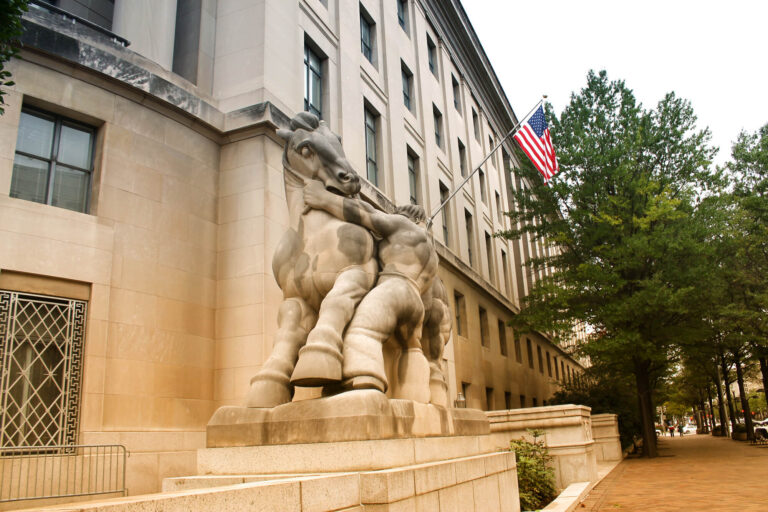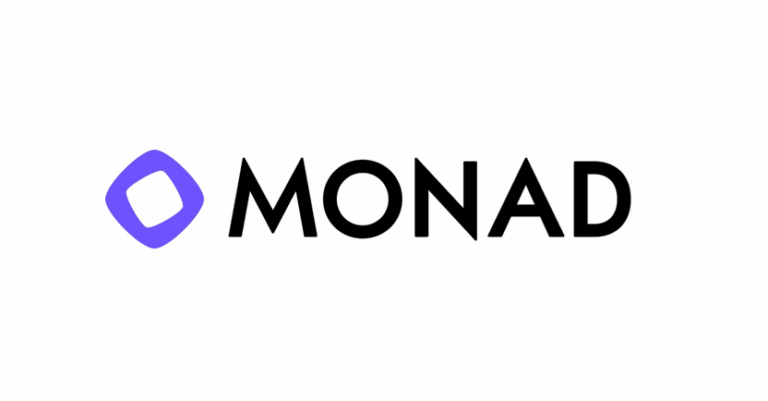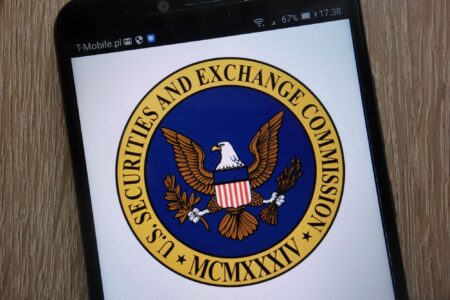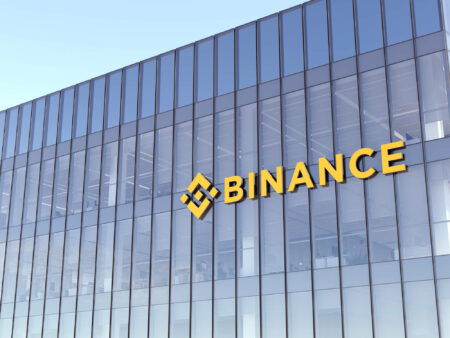One year ago, we revealed seven regulatory developments we expected to happen during 2021. All seven expectations but one materialised, albeit to different extents. The space has changed a lot during the past year so these are our expectations for crypto regulation in 2022.
Two jurisdictions went live with their Central Bank Digital Currency (CBDC). The Financial Action Task Force (FATF) continued to enforce the Travel Rule and addressed Decentralised Finance (DeFi); several Global Stablecoin (GSC) projects developed further while Tether considerably clarified its legal position with the US NY District Court and Commodity Futures Trading Commission (CFTC); the US Securities and Exchange Commission (SEC) approved the first bitcoin crypto Exchange Traded Fund (ETF), albeit one trading in the futures market and not spot, and enforcement continued to shape cryptofinance; contrary to our expectation, the Basel Committee on Banking Supervision (BCBS) did not introduce crypto prudential regulation although material development is expected in 2022.
US-regulators initiated alignment process
Finally, in 2021, US regulators initiated a clarification and alignment process of their cryptofinance regulatory framework. We expect this work to be completed by 2022. We anticipate the issuance of a federal cross-agency cohesive and coherent framework able to strengthen market infrastructure, market conduct, and investor protection. We expect the framework to close the gaps currently affecting cryptocurrency markets and grant complementary roles to federal agencies.
We also expect core focus areas to include crypto exchanges, DeFi, stablecoins as well as banks’ crypto exposures. As some of these areas are working sites shared with international standard setting bodies such as the G7, the Financial Stability Board (FSB) and the Bank for International Settlements (BIS), we expect material influence of the US framework on this international work. Finally, we expect cryptoactors to have to adjust operations to comply with the requirements of a framework that on balance will support the development of sustainable cryptofinance.
The US is expected to complete its cryptofinance regulatory framework in 2022
The US has long been surprisingly relatively passive on crypto regulation This has resulted in the SEC enforcing securities laws on cryptofinance processes such as Initial Coin Offerings (ICOs) at the federal level, while member states have handled cryptocurrencies individually, with each doing so in very different ways. The growth of cryptocurrency markets and the considerable involvement of US investors during Q4 20 and Q1 21, as well as the material market correction that occurred in April and May 2021 changed this stance. We review this development below and highlight the regulatory work that has been created. We illustrate the expectation for completion of this activity in 2022 and speculate on the influence the work by US authorities will have on the work carried out internationally in similar areas.
For several years since the emergence of cryptocurrencies and cryptofinance, the US regulatory approach has suffered from a complex federal and state-based regulatory system and a directionally unsettled economic policy stance. This resulted in a differentiated cryptofinance regulatory landscape, featuring opposing inter-state positions, diverging federal stances, unclear economic policy direction and -emblematically - the absence of a uniform definition of "cryptocurrency" within the country. The market correction that took place in April/May 2021 after a period of growth characterised by an unprecedented involvement of US investors exposed market conduct issues (legitimacy of influential market participants materially moving the market by tweeting decisions and opinions), infrastructure issues (opacity surrounding the operations of pivotal elements of cryptocurrency markets such as Tether and outages suffered by major cryptocurrency exchanges during the correction), and investor protection issues (the sell-off mainly affected short term retail holders or late retail investors as well as deleveraging activity).
US-regulatory reaction
The reaction of US regulators has been bold. The Federal Reserve (Fed), the Office of the Comptroller of the Currency (OCC) and the Federal Deposit Insurance Corporation (FDIC) began collaborating on the production of a joint cryptocurrency regulatory framework involving, as a first step, a review of cryptocurrency standards, including interpretative letters and guidance regarding cryptocurrencies and digital assets. The SEC initiated action to protect cryptocurrency investors on crypto exchanges – alluding to rules like those characterising traditional exchanges such as the New York Stock Exchange or the Nasdaq.
During the second half of 2021, the SEC requested Congress for the authority to protect investors by regulating crypto exchanges, with the Fed confirming it had no intention to ban cryptocurrency and the Treasury released its report on GSCs, recognising their potential benefits. However, it elaborated on the risks (including those related to market integrity and investor protection, illicit finance concerns and risks to financial integrity, and prudential and systemic risk concerns). It asked the SEC and the CFTC to address market integrity and investor protection, the Treasury to lead on anti-money laundering/combating the financing of terrorism (AML/CFT) aspects, and the FDIC/OCC to deal with prudential/systemic risk concerns.
The SEC has been particularly active in debating these issues. It reiterated its mission to protect investors, facilitate capital formation, and maintain efficient markets, and the belief that investors are insufficiently protected when it comes to cryptofinance. It holds the view that investor protection could be improved by recognising the securities nature of many tokens and subjecting DeFi platforms to relevant oversight. The SEC also emphasises that the bulk of trading on crypto exchanges occurs through GSC, and the view that if the GSC are securities and investment companies they should be subject to the Investment Company Act and the other federal securities laws applicable to these products. The SEC has also anticipated focusing on custody of crypto assets to enhance investor protection. In conclusion, the SEC has prioritised work on crypto exchanges and DeFi and has called for cryptoactors to work with regulators.
Regulatory clarifications
The FED, OCC, and FDIC have been clarifying regulatory terms and policies for banks handling crypto assets, including GSC. The FDIC anticipated the issuance of policy statements meant to facilitate compliance at banks. During 2022, these agencies are expected to define the way banks should act in, and interact with, cryptocurrency markets. There will be guidelines that apply to the holding of crypto assets on the balance sheet, the issuance of GSC, and the extent to and conditions under which banks can provide custodial services or crypto trading services for their customers. The range of permitted crypto activities and the expectations for safety and soundness, consumer protection, and compliance with existing laws and regulations will also be clarified.
After tackling crypto regulation in 2021, the US is expected to complete its framework in 2022 with a focus on crypto exchanges, DeFi, GSC, and banks’ crypto exposures. Internationally, while the task of extending the regulatory perimeter to crypto exchanges appears to be left to individual jurisdictions, DeFi, GSC, and banks’ crypto exposures are areas being tackled by international regulators.
Thus, the BIS has been exploring the possibilities and limitations of decentralisation in digital finance as well as the risk posed by DeFi to investors during the last months of 2021, and anticipates a global crypto regulatory framework for DeFi next year. The BCBS has consulted further with the industry and stakeholders on the prudential treatment of crypto asset exposures by banks during 2021, and announced the release of an updated consultative proposal on these exposures by mid-2022. The FSB has been examining the role of GSC in improving cross-border payments and the G7 reiterated that GSC will only be allowed to operate under appropriate oversight.
Conclusion
The US authorities have traditionally been instrumental in shaping international financial regulation and it is reasonable to expect that the approach being developed on these topics will materially influence the international approach. The US authorities have also been clear in supporting cryptocurrencies and clarified their intention not to ban them shortly after China announced a blanket ban on 24 September 2021. We therefore expect the regulatory framework to be constructed in a manner that promotes sustainable cryptofinance practices and infrastructure over time.
Twelve months ago, we discussed seven predictions concerning crypto regulatory developments expected to materialise during 2021. All predictions but one materialised. For 2022, we concentrate on the developments that are expected to occur in the US, namely the issuance of a comprehensive federal regulatory framework for cryptofinance. As this will include de facto the most important working areas at the international level (DeFi, GSC, and banks’ crypto exposures), we expect it to influence the international outcome in these areas in a material way. While, as a consequence, cryptoactors will have to adjust operations to comply with the requirements, we stick to our outlook that on balance, the framework will support the development of sustainable cryptofinance.








